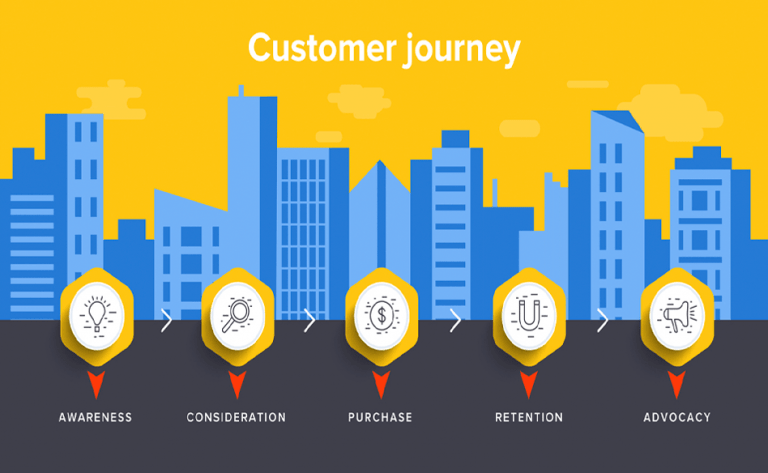10 MIN READ
The advent of social commerce will change how you look at marketing your products. Part of that process is redefining what you know about reaching out to your audience and affecting their point of view.
For many, that means understanding the journey the consumer will take from start to finish. While there is room to manoeuvre when it comes to different stages of the consumer journey, social commerce is becoming increasingly important in the entire journey. Let us guide you through this new definition.
Table of Contents
The Consumer Experience Journey, Redefined
Marketers have long assumed that the consumer’s path to purchase is a linear process, one that follows through from awareness to consideration to purchase. However, over the years, it is evident that the Consumer Experience Journey (CEJ) is more than just a straightforward path.
In reality, most consumers are unclear about their own journey to purchase. Faced with uncertainty and having a need to be convinced, they tend to seek out more information. Hence, it allows brands and businesses to affect decision-making at multiple touchpoints.
Word-of-mouth, website listings, to information obtained via blogs, social media, or even a salesperson —these are all vital stops that can turn an interested party into a customer. It is the modern marketer’s duty to identify these key touchpoints and target customers every step of the way.
With social commerce, the CEJ is not only multi-device, but also multi-platform. Consumers with increasingly short attention spans tend to switch between Facebook, Instagram, and other social networking sites at a whim. There is a need to capture their attention as quickly as possible, on as many platforms as possible.
Word-of-Mouth Marketing
That is where word-of-mouth marketing becomes extremely important. An organic and free way of promoting your brand or product through the genuine experiences of real customers, there is nothing quite like hearing it from the horse’s mouth. Social media will only extend that reach further. Whether positive or negative, such experiences tend to colour the perception of the consumers when shared on various platforms.
When consumers experience something good or even bad, they will share that information with the people around them.
This can help create additional opportunities for your products or services to shine. When brands manage to craft a pleasant purchasing experience, they will naturally be able to benefit from the positive word-of-mouth that follows.
“Consumers tend to trust their own friends and family, as it is more likely to be unbiased and reliable accounts as compared to brand marketing.“
“Hence,more emphasis should be placed on creating a good customer experience. An online brand persona will also be key to taking advantage of the process.“
Tracking Product Reviews
As we march inevitably towards social commerce, consumers are less likely to be able to physically see or feel a product when deciding on an online purchase. Because of that, recommendations and reviews become even more important in helping them make purchasing decisions. Brands need to be acutely aware of the conversations happening on the social media landscape, particularly reviews that concern their products or services.
The volume of reviews, average ratings, and customer sentiments are just a few metrics that a brand should take into account when looking to track performance. You can even dive deeper into the data by breaking it down into months, product category, and geographical location. The e-Commerce marketplace on which the products are listed should also be examined.
These factors will likely indicate how well a product is doing as opposed to others, and can help a brand enhance the quality of their product or service to address customer concerns.
Metrics can also be a brand’s benchmark against competitors. Through tracking reviews, brands can better understand how their products fare against competitors, helping them make more informed decisions about which products require more marketing efforts and which should be omitted in future markets. When it comes to sentiment analysis, it is a way to sieve out feedback from consumers, be it positive or negative. Knowing is half the battle, and you should be making full use of your efforts and time.
Tracking product reviews online is a good way for brands to hear what their consumers have to say, and react accordingly. It is now more apparent than ever that reviews are integral to a customer’s complex purchasing journey, and that they can help brands better understand their consumers in this new social commerce landscape.
Understanding your consumers is key to your success, and with the ever-evolving nature of e-Commerce, you will stand a better chance the more you grasp the nature of social commerce.









